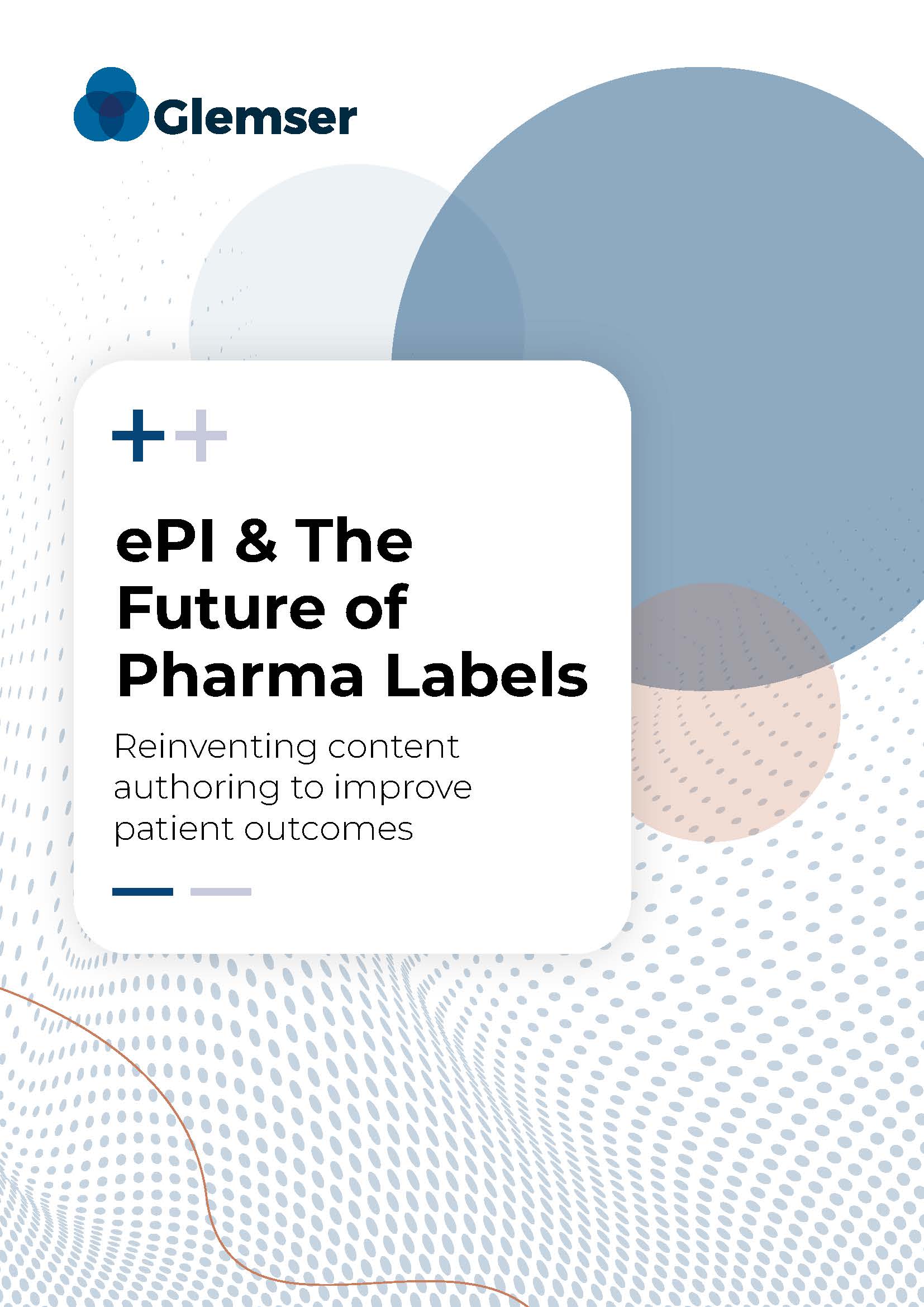Reliance for Post-Approval Changes:
How do we move from exceptional to routine use?
Summary Report from the DIA Europe 2024 Pre-Conference Workshop
Simultaneously to patients waiting for supply of licensed medicines and vaccines, the regulatory workload necessary to maintain the authorised products is increasing.
To cope with this demand, regulators are implementing reliance models for different regulatory activities, such as initial applications, new indications, inspections, post-approval changes and pharmacovigilance. Adoption of global standards, appropriate regulatory processes and frameworks that allow sharing of confidential information are key enablers for fostering agency collaboration across countries and regions. Solidarity and trust are necessary to establish more collaboration between regulators and contribute to regional and/or global convergence.
- Differences exist in information requested to enable reliance (e.g., assessment reports, Q&A documents, approval letters, Certificates of Pharmaceutical Product [CPP], etc.).
- Continuous dialogue is key to optimise existing pathways or establish new reliance guidelines.
- Industry and regulators are generally aligned on characteristics needed to support product sameness; acceptance of differences is a case-by-case approach based on justification.
- Many regulatory authorities still have country-specific requirements going beyond international standards (ICH/WHO), including purely administrative ones, that are not necessarily justified from the point of view of modern international regulatory science.
- Convergence and harmonisation of CTD Modules 1 and 3 are identified as an area of immediate focus.
Video Title Lorem ipsum dolor sit amet.
Reliance for Post-Approval Changes:
How do we move from exceptional to routine use?
Summary Report from the DIA Europe 2024 Pre-Conference Workshop
Simultaneously to patients waiting for supply of licensed medicines and vaccines, the regulatory workload necessary to maintain the authorised products is increasing.
To cope with this demand, regulators are implementing reliance models for different regulatory activities, such as initial applications, new indications, inspections, post-approval changes and pharmacovigilance. Adoption of global standards, appropriate regulatory processes and frameworks that allow sharing of confidential information are key enablers for fostering agency collaboration across countries and regions. Solidarity and trust are necessary to establish more collaboration between regulators and contribute to regional and/or global convergence.
- Differences exist in information requested to enable reliance (e.g., assessment reports, Q&A documents, approval letters, Certificates of Pharmaceutical Product [CPP], etc.).
- Continuous dialogue is key to optimise existing pathways or establish new reliance guidelines.
- Industry and regulators are generally aligned on characteristics needed to support product sameness; acceptance of differences is a case-by-case approach based on justification.
- Many regulatory authorities still have country-specific requirements going beyond international standards (ICH/WHO), including purely administrative ones, that are not necessarily justified from the point of view of modern international regulatory science.
- Convergence and harmonisation of CTD Modules 1 and 3 are identified as an area of immediate focus.
AI & Global Labeling: How Next-Gen Tools Are Streamlining Structured Component Authoring Effectively and Compliantly
Outside of the physical drug product itself, global labeling plays the most fundamental role in helping pharmaceutical companies deliver safe and effective therapies to the population. But the process behind global labeling—the authoring, editing, collaborating, translating, and publishing of drug labels—is both incredibly complex and time-consuming. This guide explores how AI-powered tools are helping teams simplify and accelerate their in-house authoring workflows, without sacrificing compliance. It also explains how, by using such tools, companies can transform not just the way they work but also the entire “last mile” of the drug development lifecycle.

ePI & the Future of Pharma Labeling: Reinventing Content Authoring to Improve Patient Outcomes
This guide delves into the profound impact of electronic Product Information (ePI) on the pharmaceutical industry and healthcare ecosystem, exploring how it not only revolutionizes content authoring but also sets the stage for a future where patients are empowered with accessible, personalized, comprehensible information about their health and medications. It also focuses on how AI-powered structured content authoring platforms help equip companies with the tools to streamline and enhance their content-authoring and -management processes, getting them ready for an ePI world.
